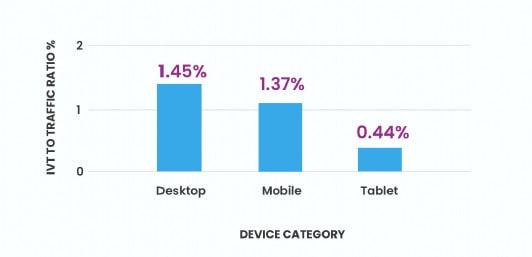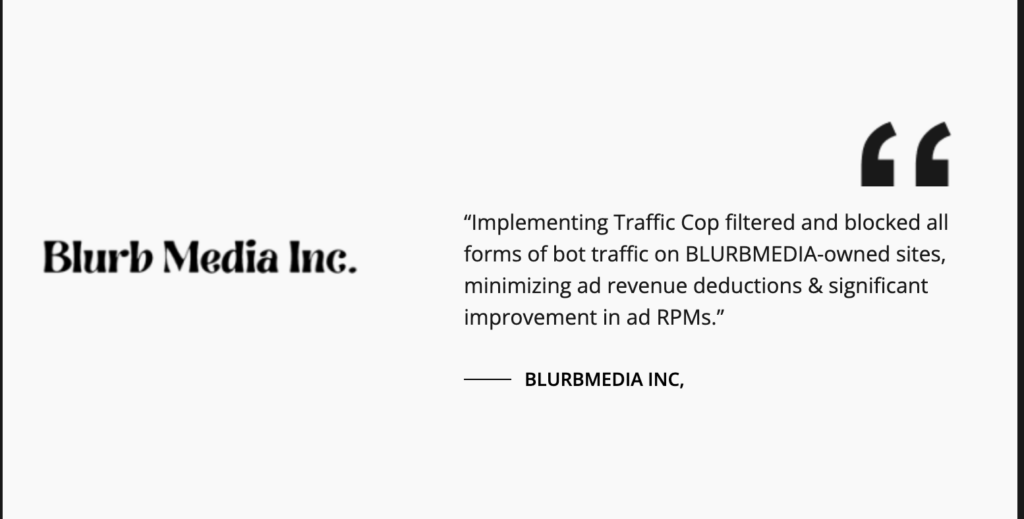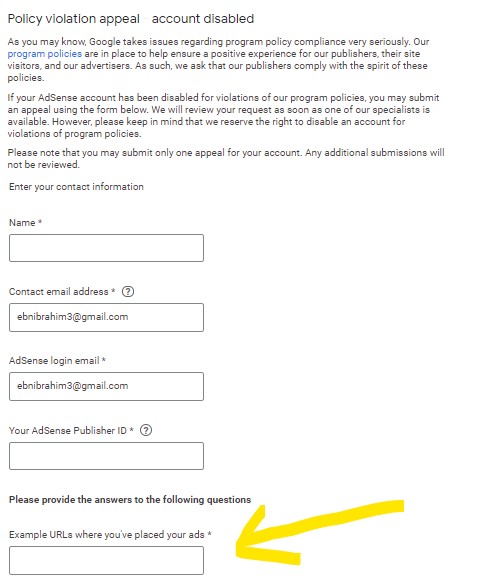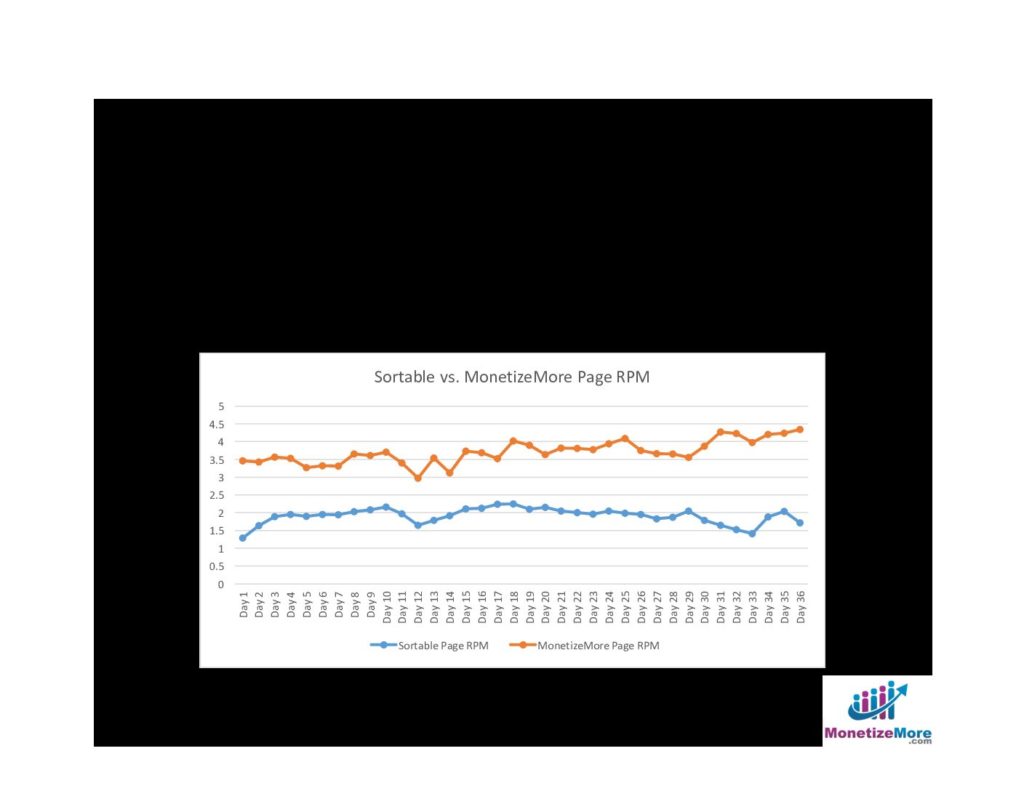Are you a publisher struggling to navigate the complex world of Google AdSense? Have you been rejected by AdSense and don’t know why? You’re not alone. AdSense rejection can be a frustrating and mysterious experience, but it doesn’t have to be the end of your monetization journey.
While our recent post discusses the Top AdSense Ad Violations, this compact guide will demystify the AdSense rejection process, explore common reasons for rejection, and provide actionable tips and strategies for overcoming rejection and maximizing your ad revenue.
AdSense Rejection: What is it exactly?
AdSense rejection can be a frustrating experience, but don’t worry—we’re here to explain it in simple terms. AdSense rejection occurs when Google AdSense decides not to approve your website or app to display ads. This means you won’t be able to monetize your content through AdSense.
Why does AdSense rejection happen?
Google AdSense has strict policies to ensure a safe and respectful user experience. Rejection can occur due to various reasons, such as:
- Violating AdSense policies (e.g., inappropriate content, copyright infringement)
- Low-quality or thin content
- Insufficient content or traffic
- Poor user experience (e.g., excessive ads, slow loading)
- Suspicious or fraudulent activity.
Common Reasons for AdSense Rejections
Rejections often occur due to multiple issues at once. AdSense usually provides clues to the core reason for rejection in its email. Re-apply after thoroughly tackling these issues.
Let’s talk about the typical reasons for AdSense rejections, with examples:

1. Invalid Traffic: AdSense is looking for genuine human interaction. Traffic generated by bots, click farms, or incentivized clicks isn’t allowed.
Examples:
- Using click-exchange services where you visit others’ sites in exchange for visits to yours.
- Placing ads in a way that encourages accidental clicks (misleading users).
- Running view botting software on videos with AdSense embedded.

Fight Invalid Traffic with the award-winning Traffic Cop dashboard by getting started here!
2. Policy Violations: AdSense adheres to strict content and placement guidelines. Websites must comply to participate in the program.
Examples:
- Content promoting illegal activities, hate speech, or violence.
- Sexually explicit material, or content that could be considered harmful to children.
- Sites with excessive profanity.
3. Low-Quality Content: Content needs to offer value and demonstrate originality. Thin, scraped, or heavily rewritten content doesn’t meet the mark.
Examples:
- Sites with mostly affiliate links and minimal unique content.
- Auto-generated text or posts that are primarily lists of keywords.
- Content copied directly from other sources without adding significant value.
4. Insufficient Content: AdSense looks for sites with a robust library. A few posts or pages aren’t enough to demonstrate a consistent content strategy.
Examples:
- New blogs with just a handful of articles.
- Sites under construction with placeholder pages.
- Sites where the main content is videos or images with minimal text.
5. Poor User Experience: Your website should be easy to navigate and functional and avoid disruptive elements that harm the experience for visitors.
Examples:
- Excessive, intrusive pop-ups or ads that cover the main content.
- Slow page load speeds or broken links.
- Mobile-unfriendly design – difficult to read or interact with on small screens.
What are the consequences of an AdSense rejection?
Remember, AdSense rejection is not the end of the world. It’s an opportunity to refine your content and strategy, and we’re here to help you every step of the way!
If your application is rejected, you won’t be able to display AdSense ads on your website or app, earn revenue from AdSense, or access AdSense features and tools
This can be a significant setback, especially if you rely on AdSense as a primary source of income. Don’t worry, there’s hope! If you’re rejected, you can:
- Appeal the decision by addressing the issues and resubmitting your application
- Explore alternative ad networks and monetization options
- Improve your content and user experience to increase your chances of future approval
On content
Content does not only focus on keeping your website family-safe by staying away from prohibited content such as adult and/or mature content as well as political sites and blogs and those that encourage extreme beliefs that lead them to commit hate speech attacking personalities, groups, religion, and institutions.
We also greatly suggest looking into the checklist below to make sure you comply with Google’s content guidelines.
- Sufficient content- We recommend that publishers create a thorough, information-rich site, making its content unique and relevant to readers.
- Duplicated content. See copyright infringement article.
- User-generated content – Google released a video on this recently. See our article about user-generated content
- Tech websites and hacking content – Google ads are not allowed into sites that promote hacking or cracking. See: http://www.monetizemore.com/blog/google-content-policy-violations-website-can-avoid/
On copyright infringement & counterfeit goods
Any original content on the web is protected by copyright law. Google complies with the Digital Millennium Copyright Act (DMCA). For the most part, as publishers, you are not allowed to offer mainstream entertainment such as television shows, movies, and popular music on your site. The bottom line is that Google will not run AdSense ads together with copyrighted material that violates copyright laws.
On the other hand, once the content enters the public domain and is factual material, publishers will be allowed to run Google ads alongside them. Here are the program policies if you would like to go into detail. You may report any infringements by using this form or by clicking on the AdChoices icon.
Moreover, be very careful about putting a trademark and/or logo of another brand or product on your site. Be very aware that you cannot mimic the original brand features in an attempt to look genuine. Your site will be branded under the violation of the counterfeit good.
Related Read: Avoid Google AdSense “Copyrighted Content” Rejections
On ads implementation, automation, and layout
In this section, Google is more likely keen on how publishers do their ad placements. While publishers have their own idea of how they’d like their website to appear and where ads would show up, Google, of course, has its own standards that website owners need to comply with.
We are sure that they are looking and that they can track each website’s layout whether you are still applying for them or you are already with AdSense/Ad Exchange. They can monitor it one way or another, maybe not soon but later.
AdSense also has strict guidelines on invalid activity. Whether it be invalid clicks, automated bot traffic, or any manipulation of how ads are served, these are all subject to your site rejection. They have listed common reasons for ad automation violations and are clear about what is considered invalid activity.
How to Prevent AdSense Rejections?

Regularly Reviewing & Updating Content
- Freshness Matters: Regularly add new, original content with a clear publishing schedule. This signals to AdSense that your site is active and maintained.
- Quality Check: Periodically review your older content, too. Remove outdated information, fix broken links, or expand thin articles.
- Weed Out Problem Posts: Critically examine content that doesn’t get good traffic. Delete it or thoroughly rework it, especially if it could skirt the edges of AdSense’s policy guidelines.
Ensuring Compliance with AdSense Policies
- Become an Expert: Thoroughly read and understand AdSense’s program policies. Pay close attention to restricted content types and ad placement rules.
- Ask If Unsure: If you have a niche topic (e.g., firearms, supplements) that might be borderline, consult the AdSense help forums or consider preemptively asking for clarification.
- Stay Updated: Policies can evolve. Revisit them periodically, especially if your content strategy shifts into new areas.
Implementing Quality Control Measures
- Content Standards: Create a style guide or checklist for your content creators to ensure consistent quality, originality, and adherence to policy.
- Proofreading is Key: Don’t let typos, grammatical errors, or poorly structured content undermine your professionalism.
- Third-Party Audits: Consider occasional audits by someone unfamiliar with your content for large sites. A fresh perspective can help you find issues you might miss.
Monitoring Website Analytics
- Traffic Source Scrutiny: Keep an eye on where your traffic originates. Spikes from unusual regions or traffic exchange sites are red flags.
- Bounce Rate Worries: High bounce rates or very short visit durations could indicate user experience issues or content not matching visitor expectations.
- Engagement is Key: Pay attention to comments, shares, and time spent on pages. This helps gauge whether you’re offering value, a key factor for AdSense approval.
How to appeal an AdSense rejection and optimize your resubmission?
Thoroughly analyze the reasons given for rejection in AdSense’s email. They will outline the core areas to address. If any aspect is unclear, use the AdSense Help Center resources or forums to get specific answers.
The Appeal Process

- Find the Form: AdSense provides an appeal form within your account. Don’t rush to submit it – fix the issues first!
- Be Specific: Don’t just say “I fixed things.” Outline the EXACT changes you made, demonstrating you understand the reasons for the rejection.
- Honesty is Key: If you did violate a policy, own the mistake. Explain what you learned and how you’ve prevented it from recurring.
Optimizing Your Resubmission
Don’t immediately resubmit. Take the time needed to transform your website’s quality or fix technical issues truly.
Go above and beyond addressing the rejection points. This shows your commitment to providing a valuable AdSense partner site. Also, consider including a brief summary of the changes you made when you resubmit the application.
Appeals may be denied. Focus on creating a truly excellent site, even if it means relying on other monetization methods first. Don’t waste appeals on half-hearted fixes. Each well-structured appeal increases your odds of success.
Alternative Ad Networks and monetization options for publishers who have been rejected by AdSense
Some networks excel in specific verticals (gaming, lifestyle, etc.). Find ones that fit your content well. Many have minimums. Be realistic about where your website fits on the spectrum. Don’t forget to research each network’s reputation for timely payments and the quality of ads they offer.
Several reputable ad networks exist, each with unique strengths and approval processes:
- MonetizeMore: Contextual AdTech partner often seen as a solid AdSense alternative. They have a reputation for quality advertisers and decent fill rates.
- PropellerAds: Offers Diverse ad formats (pop-unders, push notifications, etc.). They are known to accept some niches AdSense might reject. However, stricter control over what ads appear on your site is needed.
- SetupAd: AI-driven platform focusing on optimizing ad layout and revenue potential. They have stricter minimum traffic requirements.
- Raptive: Premium option catering to sites with larger audiences (often 100k+ monthly pageviews). Focus on high-quality ads and publisher support.
- Monumetric: Another network with mid-tier traffic requirements, offering setup support and potential for strong CPMs.

Beyond Display Ads
While ad networks are often the first step, diversify your revenue streams where possible:
- Affiliate Marketing: Promote products/services relevant to your audience, earning commission on sales. (Amazon Associates is a starting point for many)
- Direct Sponsorships: Partner with brands directly, offering sponsored content, ad space, or product integrations.
- Memberships or Subscriptions: Create exclusive content or premium benefits for paying supporters.
- Sell Your Products/Services: If it fits your niche, offer ebooks, courses, or consulting services related to your expertise.
Don’t Give Up on AdSense. Fix the issues that caused the rejection, and try again once your site is significantly improved.
Start with one or two alternatives alongside improving your site for that eventual AdSense approval.
Related Reads:
- Google Content Policy Violations and How Your Website Can Avoid Them
- How to Know if You Might Have Copyright Issues
- Preventing Inappropriate User Generated Content
source https://www.monetizemore.com/blog/publishers-guide-adsense-rejection/



0 Comments